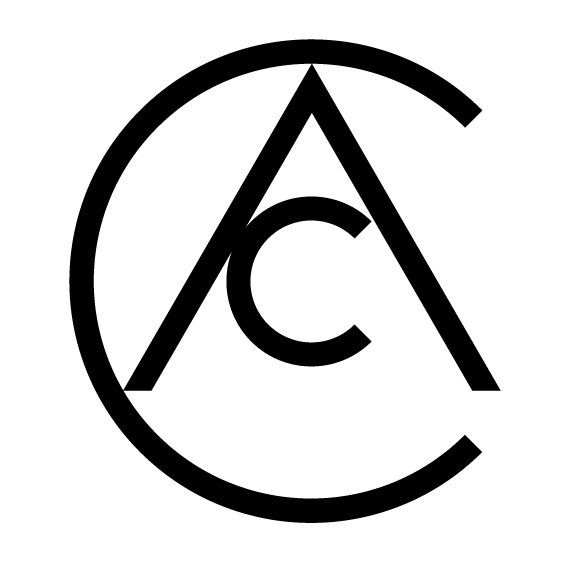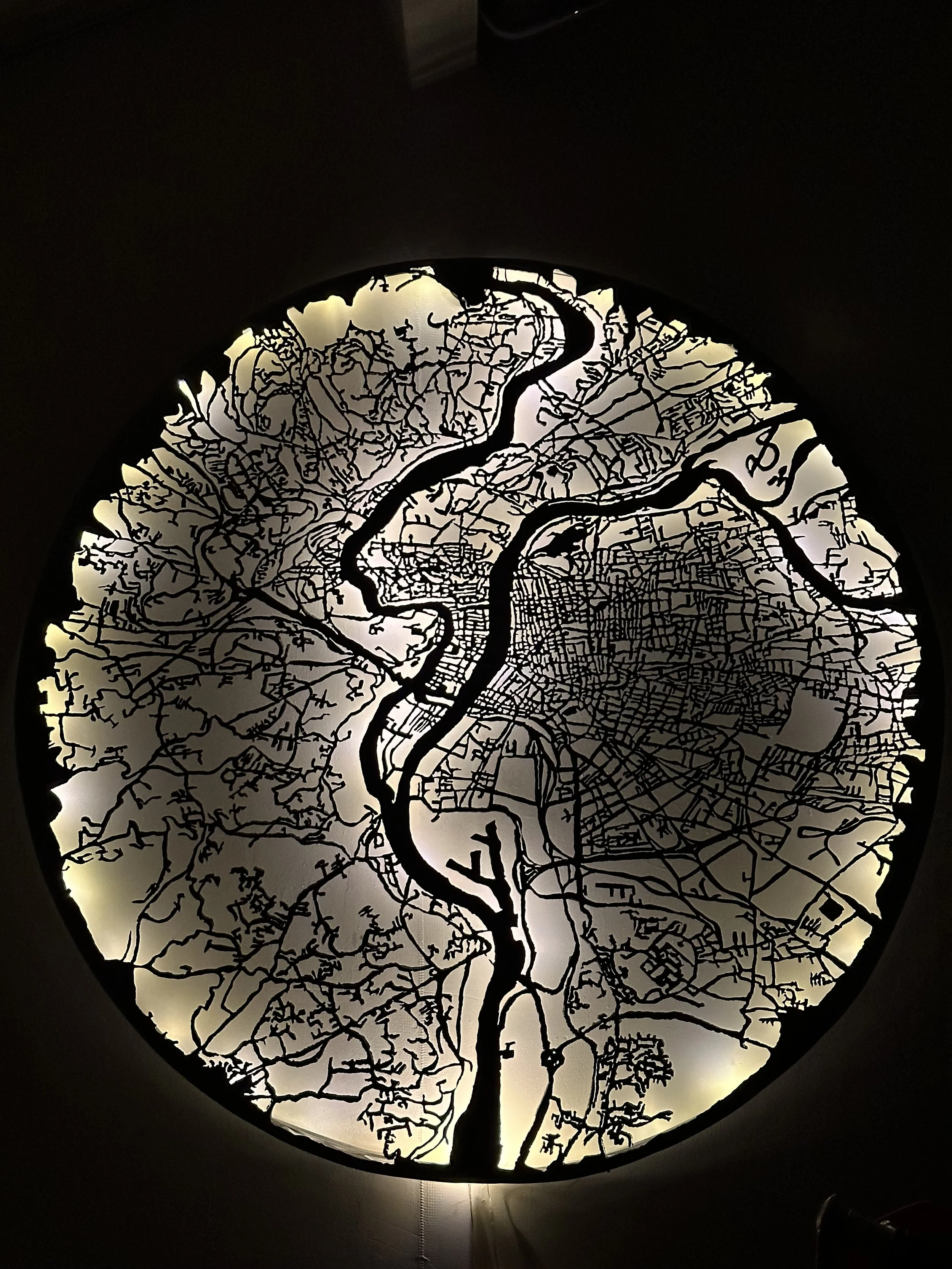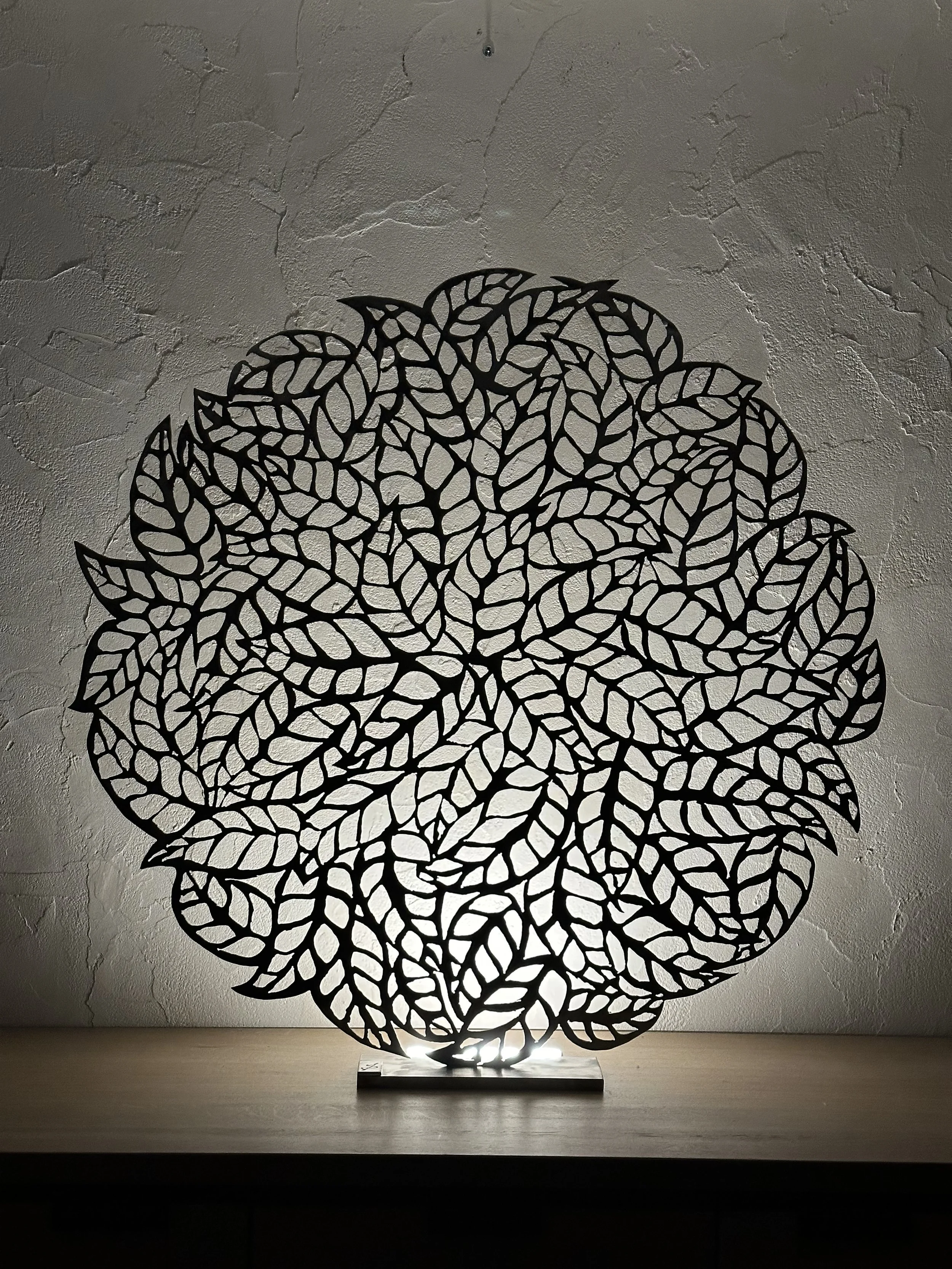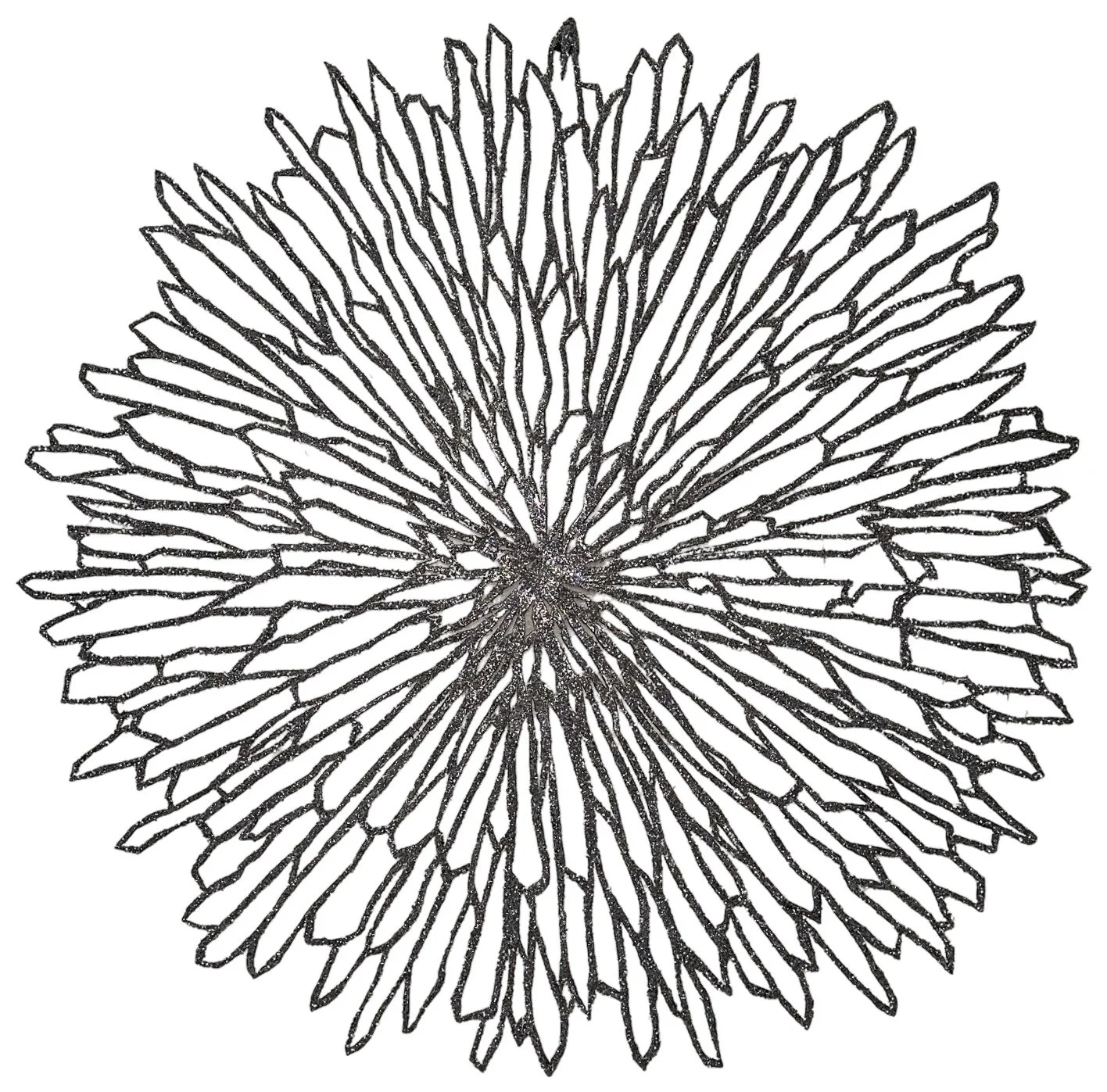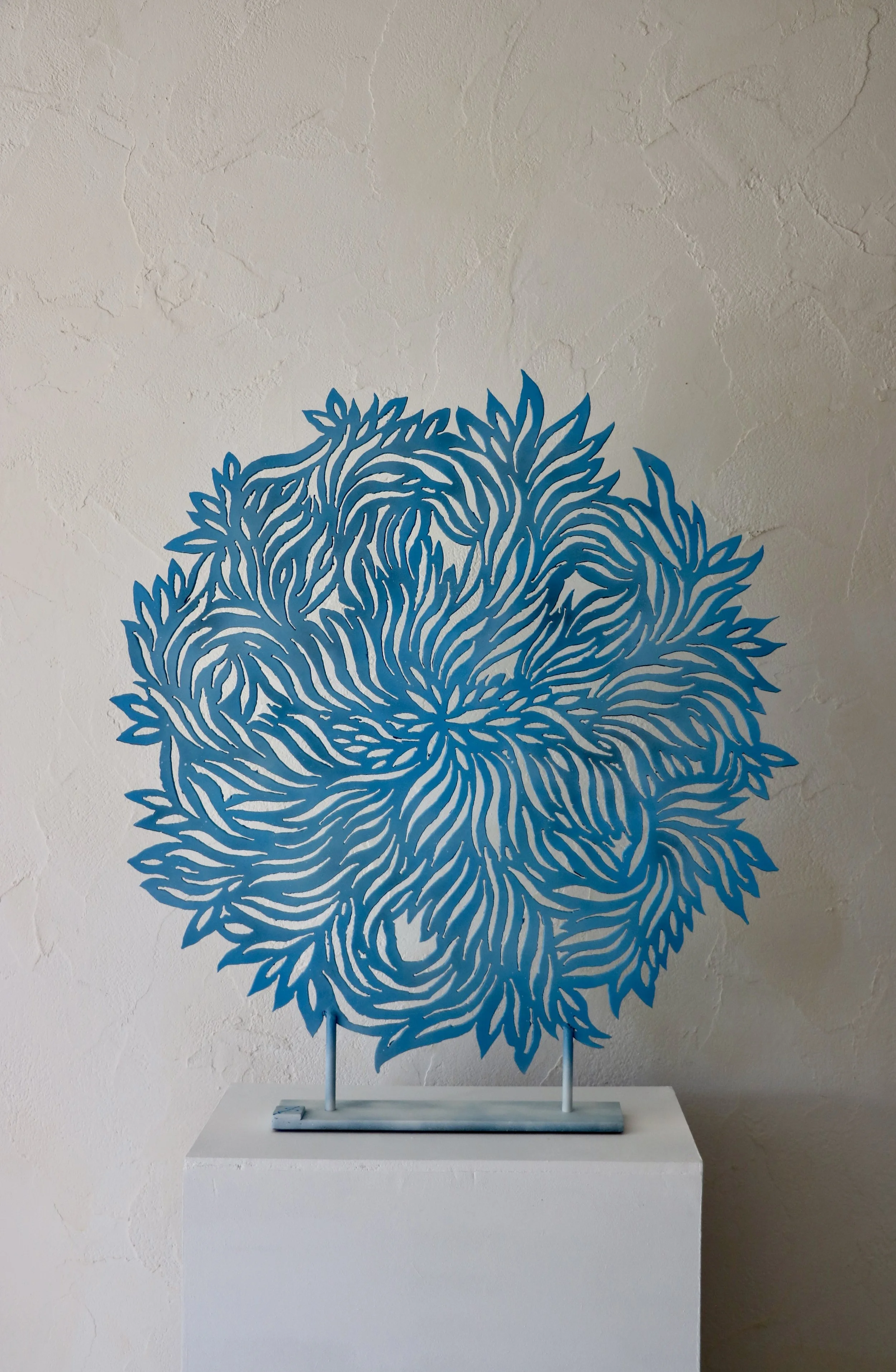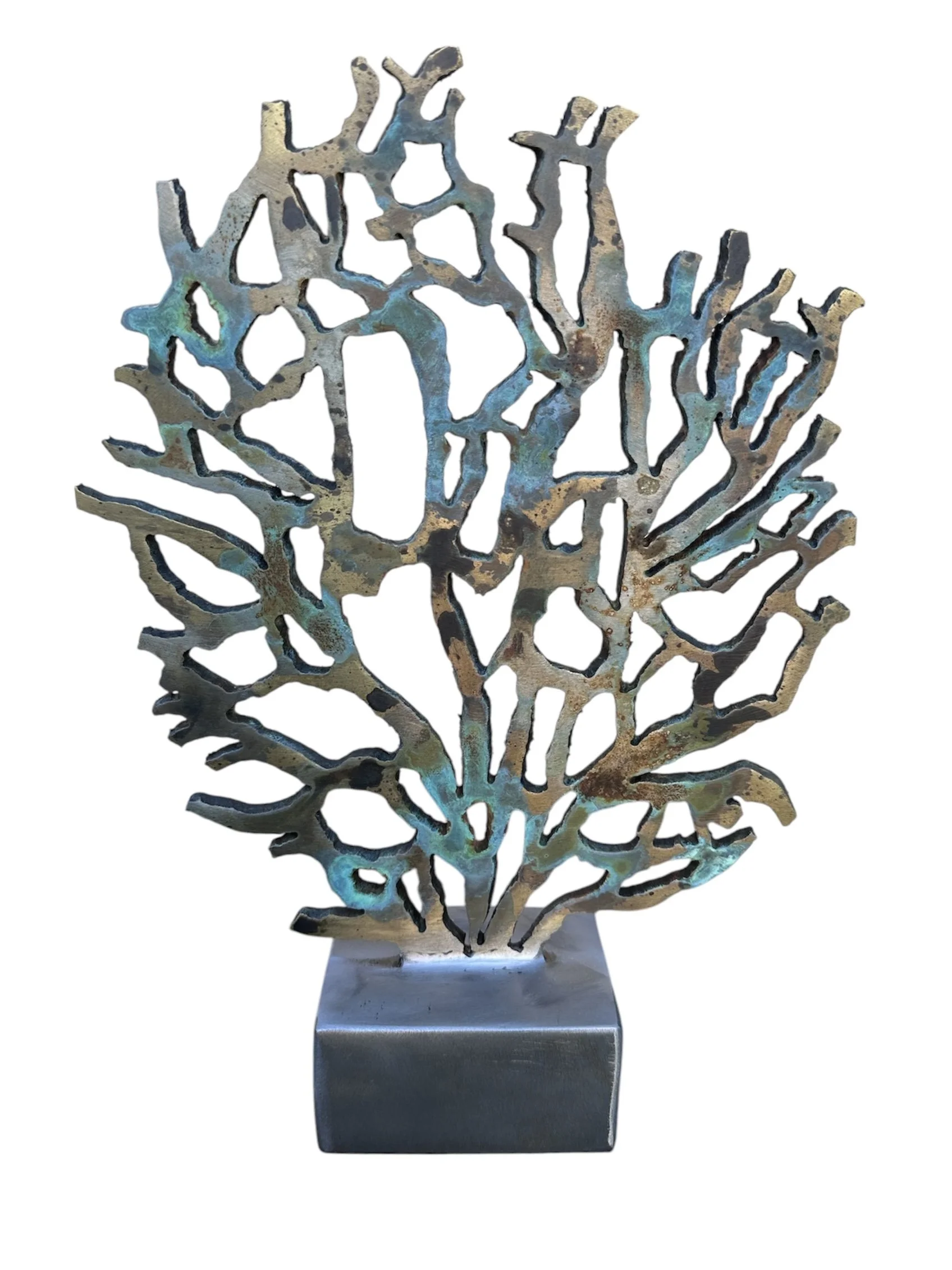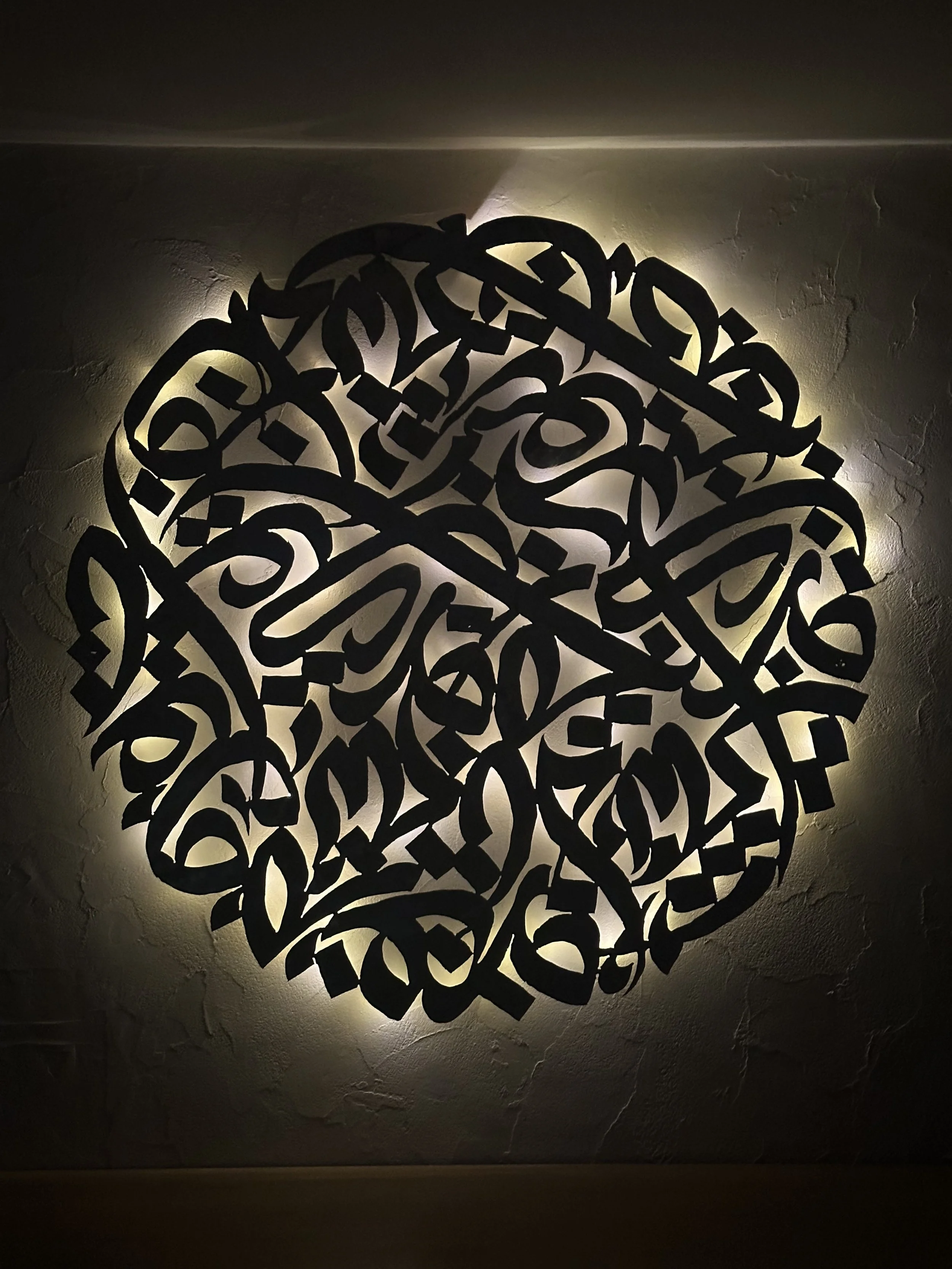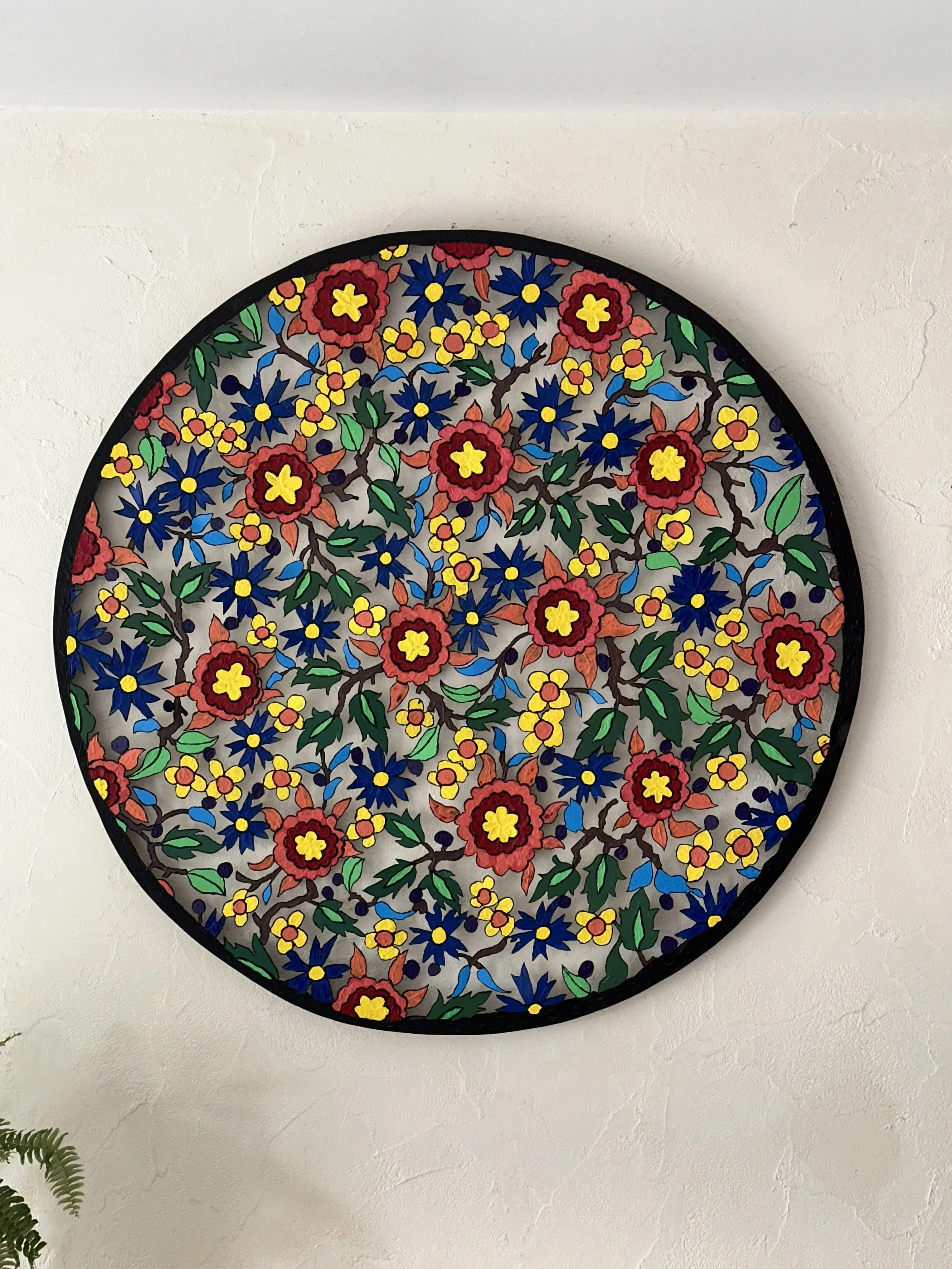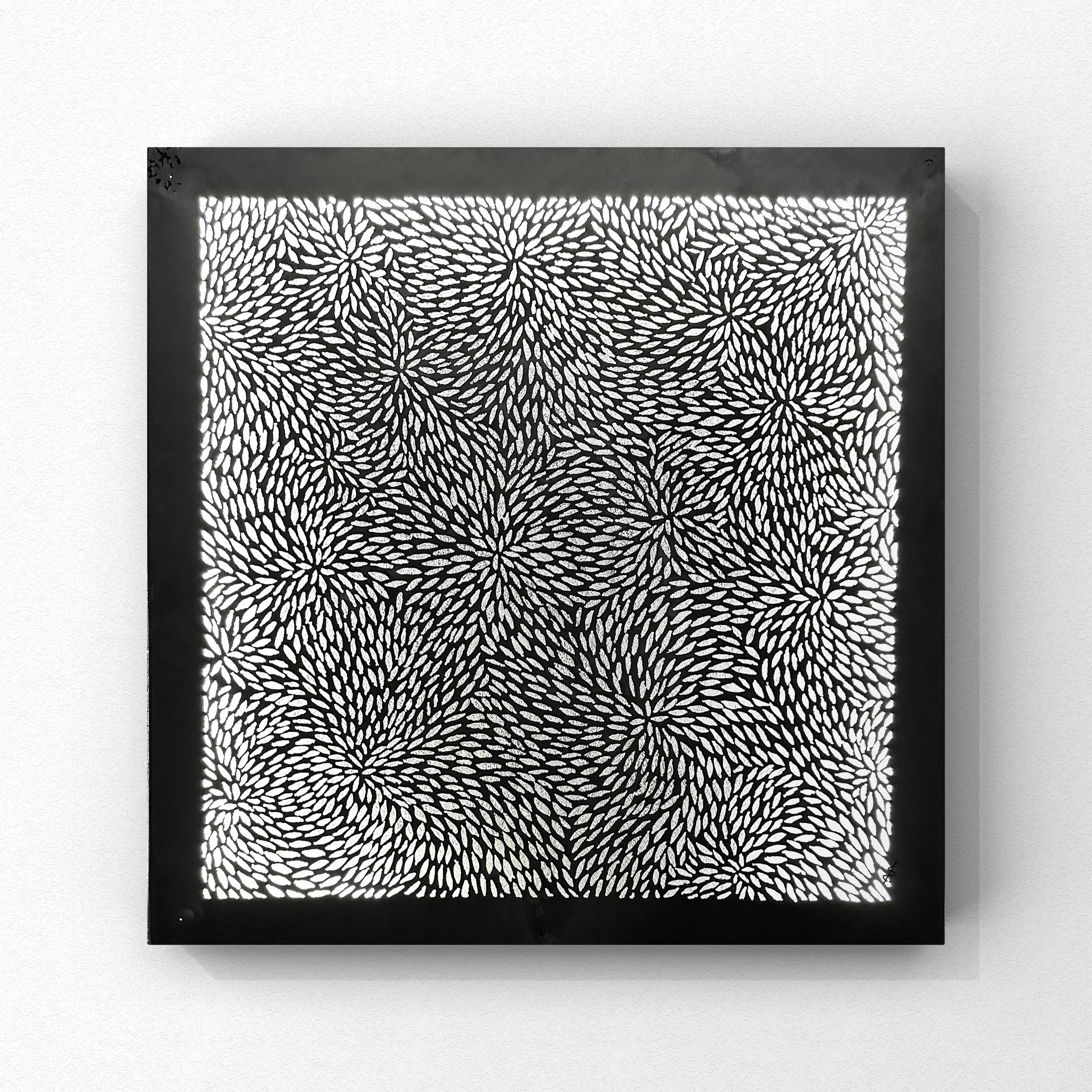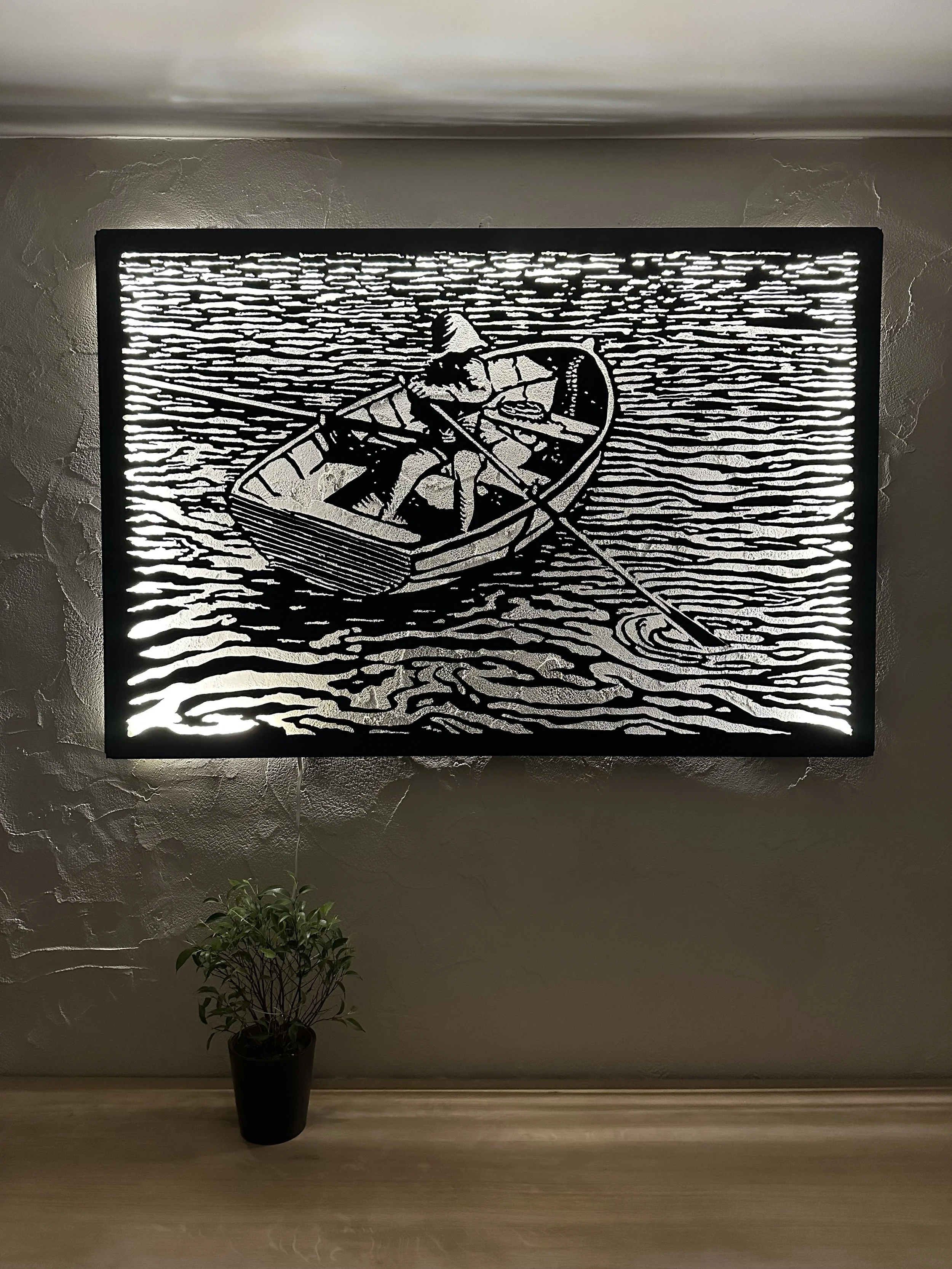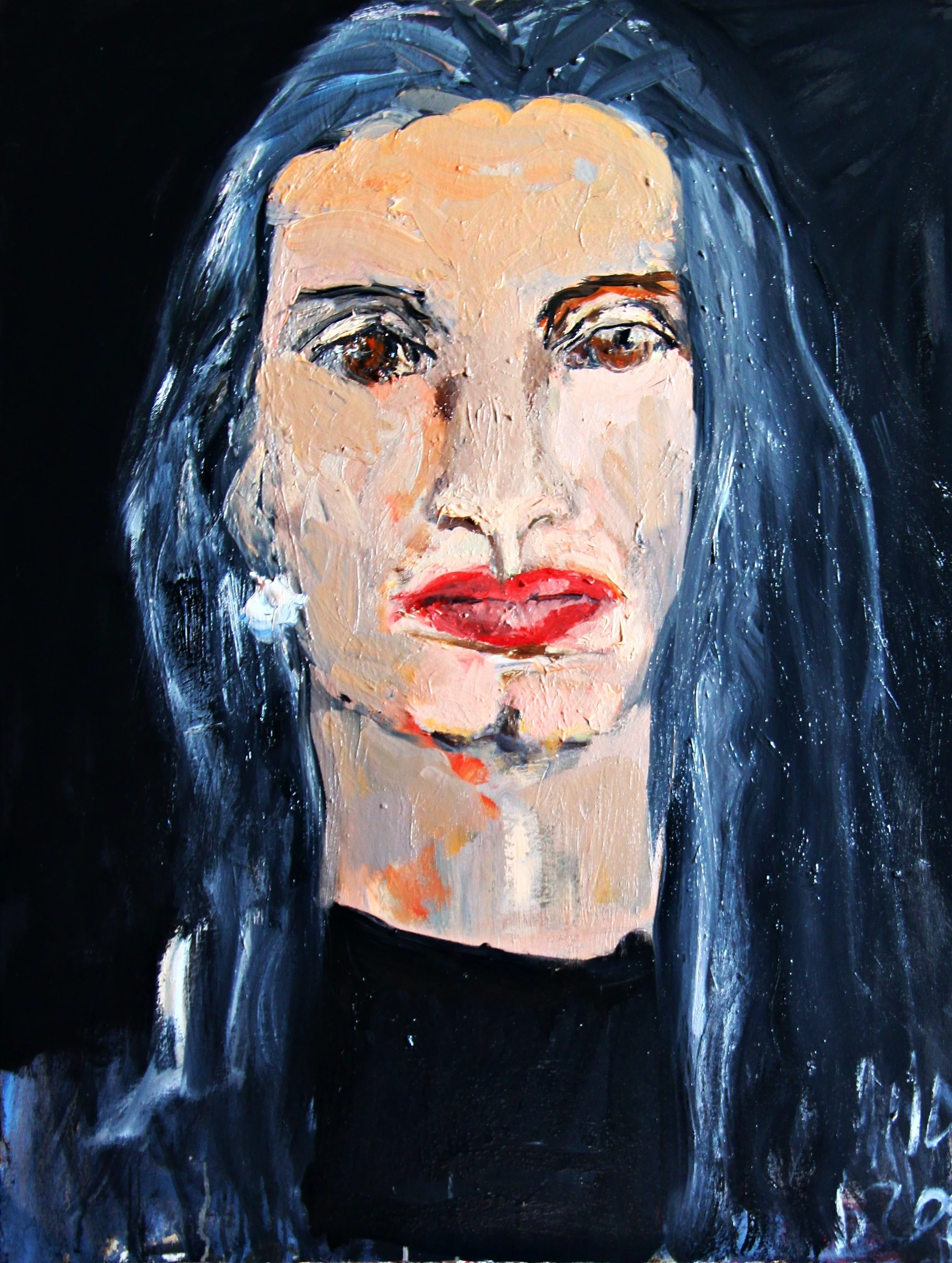Benjamin Ferry
www.benjaminferry.com @benjvminferry
In the realm of contemporary sculpture, few artists command attention with the kind of reverence and intrigue that Ferry Benjamin evokes. A French sculptor born in the late 1990s in Lyon’s outskirts, Benjamin’s meteoric rise on the international art scene is nothing short of remarkable. His works, which marry industrial might with the fragility of lace-like intricacy, are a testament to his extraordinary talent and innovative vision. Each sculpture he creates feels like a philosophical inquiry into the balance between opposites: strength and delicacy, permanence and ephemerality, chaos and order.
Benjamin’s artistic philosophy—one that seeks to transcend cultural and linguistic barriers—is evident in every piece he crafts. As he himself states, his sculptures are “inventing stories that do not need to be read or heard,” but rather felt and experienced. This sentiment places him firmly in a lineage of artists whose works are universal in their resonance, echoing the unifying ethos of modern masters like Alexander Calder or Constantin Brâncuși. However, where Calder worked with kinetic motion and Brâncuși sought the purity of form, Benjamin’s innovation lies in his transformative use of steel and light.
At the core of Ferry Benjamin’s practice is his mastery of the manual plasma cutter. This industrial tool, traditionally reserved for heavy manufacturing, becomes in his hands an instrument of sublime precision and expression. Benjamin cuts through dense steel with the dexterity of a painter wielding a fine brush, transforming the unyielding material into intricate lattices that mimic organic forms. The result is a body of work that blurs the line between the natural and the industrial.
Consider "MONSTERA," a 2024 work that captures the essence of the eponymous plant. The sculpture’s interwoven patterns mirror the lush, perforated leaves of a monstera, yet its composition in steel lends it an almost paradoxical permanence. The juxtaposition of the organic form with the industrial medium embodies Benjamin’s philosophy—a balance between tangible reality and the allure of fantasy. Similarly, "LUGDUNUM" (2024) reimagines the historic city of Lyon through a topographical lens, presenting its map-like silhouette as a glowing, circular wall-mounted piece. The interplay of light and shadow here transforms a functional representation into an evocative symbol of history and community.
A defining feature of Benjamin’s sculptures is their dynamic relationship with light. Many of his pieces, such as "RIPPLES" and "MOTUS," incorporate lighting elements that imbue them with a duality—daylight reveals one face, while illumination at night unveils another. In "RIPPLES," for instance, the reflective interplay of light on the cut steel evokes the undulating surface of water, a motif that speaks to themes of fluidity and impermanence. This duality not only enhances the viewer’s experience but also extends the meaning of the work, suggesting that perception itself is transient and subject to change.
The nocturnal illumination of his sculptures reveals an added layer of metaphor. By day, the works assert their presence with the weight and authority of steel; by night, they dissolve into patterns of light, almost ephemeral in their glow. This interplay underscores Benjamin’s mastery of creating art that exists in multiple dimensions, both physically and conceptually.
In the contemporary art scene, Ferry Benjamin occupies a unique niche. His works resonate with a deeply humanist ethos, addressing themes of unity and shared experience that are particularly poignant in today’s fractured sociopolitical climate. His statement—that his works are “a unifying movement that transcends borders”—is not mere rhetoric. Pieces like "CARDINAL" and "VINGT-CINQ" evoke universal motifs that bridge cultures, their intricate patterns inviting interpretation from a multitude of perspectives.
Comparisons to masters of the past are inevitable when discussing an artist of Benjamin’s caliber. In many ways, his exploration of light and material recalls the groundbreaking works of Louise Nevelson. Like Nevelson, who transformed discarded wood into monumental assemblages, Benjamin elevates the utilitarian steel plate into something poetic and profound. Yet, while Nevelson’s works were often monumental and opaque, Benjamin’s sculptures invite light to pass through them, creating an interplay of visibility and void that is distinctly his own.
To call Ferry Benjamin talented would be an understatement. His artistic vision is not only a gift but a responsibility that he has embraced with remarkable dedication. Drawing from his early passion for drawing and his interest in social justice, Benjamin channels complex themes into works that are both accessible and intellectually rich. His choice to work with steel—a material associated with permanence and strength—becomes a metaphor for resilience, while his delicate cuts remind viewers of the fragility inherent in all things.
This balance of strength and delicacy is perhaps most evident in "LE BANC," a 2024 sculpture that depicts the movement of a group of fish. This work showcases a balance between strength and delicacy, emphasizing both the physical power of the fish as a collective and the fluidity of their movement. In this piece, the artist uses dynamic lines, textures, and materials that creates a sense of motion while maintaining a lightness and elegance to convey the natural grace of the creatures. The combination of these two contrasting elements—strength and delicacy evokes the energy of the fish in motion, as they school together in synchronized harmony.
Art, at its best, serves as a mirror to society, reflecting its complexities while offering a vision of what could be. Benjamin’s works are deeply rooted in this principle. His explorations of social themes, such as inequality and justice, lend his sculptures a moral weight that elevates them beyond mere aesthetic objects. In a world increasingly defined by division, his art’s ability to unify and transcend is nothing short of essential.
His innovative use of technology—repurposing the plasma cutter as an artistic tool—positions him as a pioneer in contemporary sculpture. His technique is not just a means to an end but a statement in itself, demonstrating how industrial tools can be wielded for beauty and meaning. In this way, Benjamin’s work aligns with broader discussions in contemporary art about the role of technology in shaping human experience.
As Ferry Benjamin’s star continues to rise, his place in the art world seems assured. His sculptures are not merely objects of admiration but catalysts for dialogue and connection. They invite viewers to reflect on themes of balance, unity, and transformation, offering a space where differences dissolve and commonalities emerge.
In the grand tapestry of art history, Benjamin’s work stands as a bridge between past and present, tradition and innovation. Like the great masters before him, he reminds us that art’s true power lies in its ability to speak across time and space. Yet, his work also looks forward, pushing the boundaries of what sculpture can be and do in the 21st century.
Ferry Benjamin’s sculptures are, quite simply, works of wonder. Their uniqueness lies not only in their form but in their capacity to resonate on multiple levels: aesthetic, intellectual, and emotional. They are a gift to contemporary art and a testament to the transformative power of vision and craft. In the years to come, his contributions to the art world will undoubtedly continue to inspire and unite, proving that beauty and meaning are not only compatible but inseparable.
As the art market increasingly recognizes the value of authenticity and innovation, Benjamin’s practice serves as a reminder of what true artistic vision entails. His works do not merely fill spaces; they transform them. Each sculpture acts as a beacon of creativity, uniting disparate elements into cohesive narratives that transcend cultural and temporal boundaries. His ability to evoke profound emotions through a material as unyielding as steel speaks volumes about his talent and his deep understanding of the human condition.
Benjamin’s sculptures stand as testaments to the importance of collaboration between artist and viewer. They demand engagement, asking us to look beyond the surface and delve into the intricate stories woven into each cut and curve. This participatory element makes his art a living dialogue, one that evolves with each new perspective brought to it. By fostering such interaction, he has positioned himself not merely as a creator of objects but as a facilitator of shared experience and understanding.
In a world increasingly fragmented by difference, Ferry Benjamin’s art offers a vital counterpoint. His sculptures remind us of the enduring value of connection—to one another, to history, and to the world around us. As his star continues to rise, his work will undoubtedly leave an indelible mark on the art world and on the hearts of all who encounter it. His legacy, already well underway, is a powerful testament to the enduring impact of art that is both beautiful and meaningful.
By Marta Puig
Editor Contemporary Art Curator Magazine
MONSTERA, 2024, metal sculpture, Ø100cm.
VVS, 2024, metal sculpture, Ø75cm.
KELLY, 2024, metal sculpture, 120 x 120 cm.
CACES, 2024, metal sculpture, 15 x 25 cm.
MOTUS, 2024, metal sculpture, Ø100 cm.
VINGT-CINQ, 2024, metal sculpture, Ø110 cm.
LUGDUNUM, 2024, metal sculpture, Ø100 cm.
CARDINAL, 2024, metal sculpture, 120 x 70 cm.
LE BANC, 2024, metal sculpture, 100 x 100 cm.
RIPPLES, 2024, metal sculpture, 125 x 50 cm.
